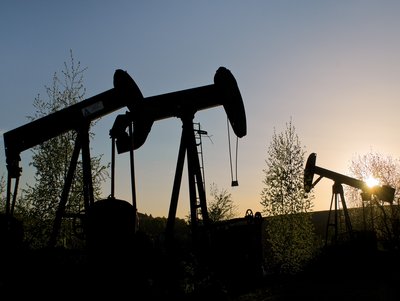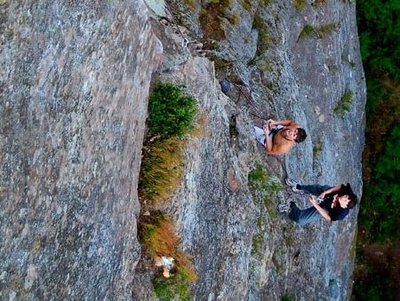
Sauer valley loop
This rolling road connects the spas of Niederbronn-les-Bains and Morsbronn-les-Bains. The circuit then takes the old railway Line Maginot that leads to Lembach. Beyond Lembach, the silhouettes of castle ruins overhang the road to Obersteinbach at the end of the Steinbach valley. We then switch to the valley of Wineckerthal then that of Jaegerthal to Niederbronn-les-Bains
Description
A hilly road links the thermal spa towns of
Niederbronn-les-Bains and Morsbronn-les-Bains.
The route follows the old Maginot Line railway
line which leads to Lembach after passing through
Woerth, a historic site where there was fghting in
the 1870 war. Lembach is the beginning of the route
of the fortifed castles. Tere are at least ten of them
within a 10 km radius, including Fleckenstein Castle.
At the far end of the Steinbach valley, the route
swings into the Wineckerthal valley, then that of the
Jaegerthal, along which can be found the frst forges
of the De Dietrich company, which is today located
in Niederbronn-les-Bains.
- Departure : Parking rue du Quillier, Niederbronn-les-Bains
- Arrival : Parking rue du Quillier, Niederbronn-les-Bains
- Towns crossed : Niederbronn-les-Bains, Windstein, Dambach, Obersteinbach, Niedersteinbach, Lembach, Wingen, Gœrsdorf, Wœrth, Morsbronn-les-Bains, Durrenbach, Gundershoffen, Forstheim, and Reichshoffen
12 points of interest

Guy Schnell - http://www.randoalsacevosges.com  Geology
GeologyRocher de l'Homme

SYCOPARC  Climbing: authorized site
Climbing: authorized siteEscalade : rocher du Wineck

Château fort de Wineck - Commune de Dambach  Castle-church-abbey
Castle-church-abbeyWineck fortified Chateau

Château fort de Schoeneck - SYCOPARC  Castle-church-abbey
Castle-church-abbeySchoeneck fortified Chateau
The remains of the Schoeneck Castle are divided into two parts: the original castle, at the top of a narrow and high rocky strip, with a keep, and the lower castle, from the 16th century, whose enclosure includes a bailey and outbuildings. On the platform, some walls of the 13th (rusticated ashlars) and 14th century (smooth ashlars) construction remain. A large part of the 16th century works have been preserved.
La Halte des Randonneurs - http://www.refuges.info  Refuge-shelters
Refuge-sheltersLa Halte des Randonneurs Guarded hiker's Refuge

La galerie principale - SYCOPARC 
Lembach Lime kiln - Maginot line work
Strong built from 1930 to 1935 whose name comes from the locality on which it is, it was occupied from 1938 before being bombed in June 1940. The troops had to go and the fort was then occupied from 1940 to 1944 by the German army. After restoration, it was opened to the public in 1983. It consists of 6 blocks, each armed with a howitzer, a barrel, mortars, grenade launcher, twin machine guns and anti-tank guns. More info here.
Maison rurale de l'Outre-Forêt - SYCOPARC  Museum
MuseumKutzenhausen Rural House

Pompes à balancier utilisées pour exploiter le pétrole - J-P.Jenny  Museum
MuseumFrench Museum of Petroleum of Merkwiller-Pechelbronn
The first oil-mining site in Europe! Already famous at the end of the Middle Ages for the healing properties of its oil, the area around Pechelbronn knew a significant industrial growth in the mid-19th century. The Oil Museum presents the history of the first European site where oil was refined till the refinery ceased its activity in 1970. From geology to the techniques of exploitation by excavating galleries and drilling, the various themes help us understand the importance of the site at the beginning of the 20th century.

Château de Woerth  Castle-church-abbey
Castle-church-abbeyWoerth Chateau
This castle, listed as a historic monument in 2002, dates back to the 14th century. It was restored after the Thirty Years War, and again after a fire on the first floor apartments. At the Revolution, the castle was sold in several lots. It was restored once again in 1925 before being acquired by the city in 1977, where the town hall and social services were installed. Today, it also houses the Museum of the Battle of August 6, 1870.
Château de Dietrich - SYCOPARC  Castle-church-abbey
Castle-church-abbeyDe Dietrich Chateau
On the site of an old castle with four towers surrounding a circular courtyard, built in 1232 for the Duke of Lorraine and demolished in 1769, was built between 1770 and 1771 the current castle for Jean de Dietrich. Severely damaged during the last war, however, it was restored and served until now as administrative headquarters for the society Dietrich. It was classified as a historical monument in 1940.
 Museum
MuseumIron Museum

Maison de l'archéologie - SYCOPARC  Museum
MuseumMaison de l'Archélologie museum
Mainly dedicated to archaeology, this « House of Archaeology » exhibits all the finds from excavations conducted in Northern Alsace, from the prehistoric times to industrial archaeology. The prehistoric times are represented by stone tools and engraved rock shelters, specific to this region. The Gallo-Romans left many traces in Niederbronn (thermae) and in the vicinity (excavations in Frohret & Ebershoeltzel), where a temple of Mercury has been excavated. The medieval period is focused on the site of Hohenfels Castle where successive campaigns of excavations have brought to light artifacts associated with everyday life in the Northern Vosges. Additional information has been provided by excavations on the site of Schoeneck, also a medieval castle. A fine collection of cast-iron stoves and the presence of forges in Jaegerthal testify to the growth of metallurgical industry in the area.
Forecast
Altimetric profile
Information desks
2 route de Bitche, 67510 Lembach
Transport
SNCF 36 35 (0,34 € / minute)
www.sncf.fr
Ligne/Linie/Line
Strasbourg-Niederbronn-lesBains
• Reichshoffen-ville
• Niederbronn-les-Bains
Access and parking
Report a problem or an error
If you have found an error on this page or if you have noticed any problems during your hike, please report them to us here:









